The Canon EOS R7 is, on paper, the mirrorless camera that amateur photographers have been waiting for. It's a mid-range camera with some high-end specs – and like the EOS R10 it's launched alongside, the EOS R7 is built around an APS-C sensor. While these can't gather as much light as the full-frame sensors seen in cameras like the Canon EOS R6, but they do bring a few benefits – including lower price tags.
If you're a keen photographer who likes shooting wildlife and sports, the EOS R7 could be the camera for you. Sitting in between classic DSLRs like the Canon EOS EOS 7D Mark II and 90D, it combines Canon's latest Dual Pixel CMOS AF II autofocus system with speedy 15fps burst-shooting speeds (or even 30fps with its electronic shutter).
For its price, the EOS R7 delivers an impressive list of features that show why it's Canon's new flagship APS-C camera. Unlike the EOS 90D, you get in-body image stabilization (IBIS), which is helpful for preserving image quality while shooting handheld. Canon says this provides up to eight stops of compensation, allowing you to use slower shutter speeds (and lower ISOs) in low-light situations.
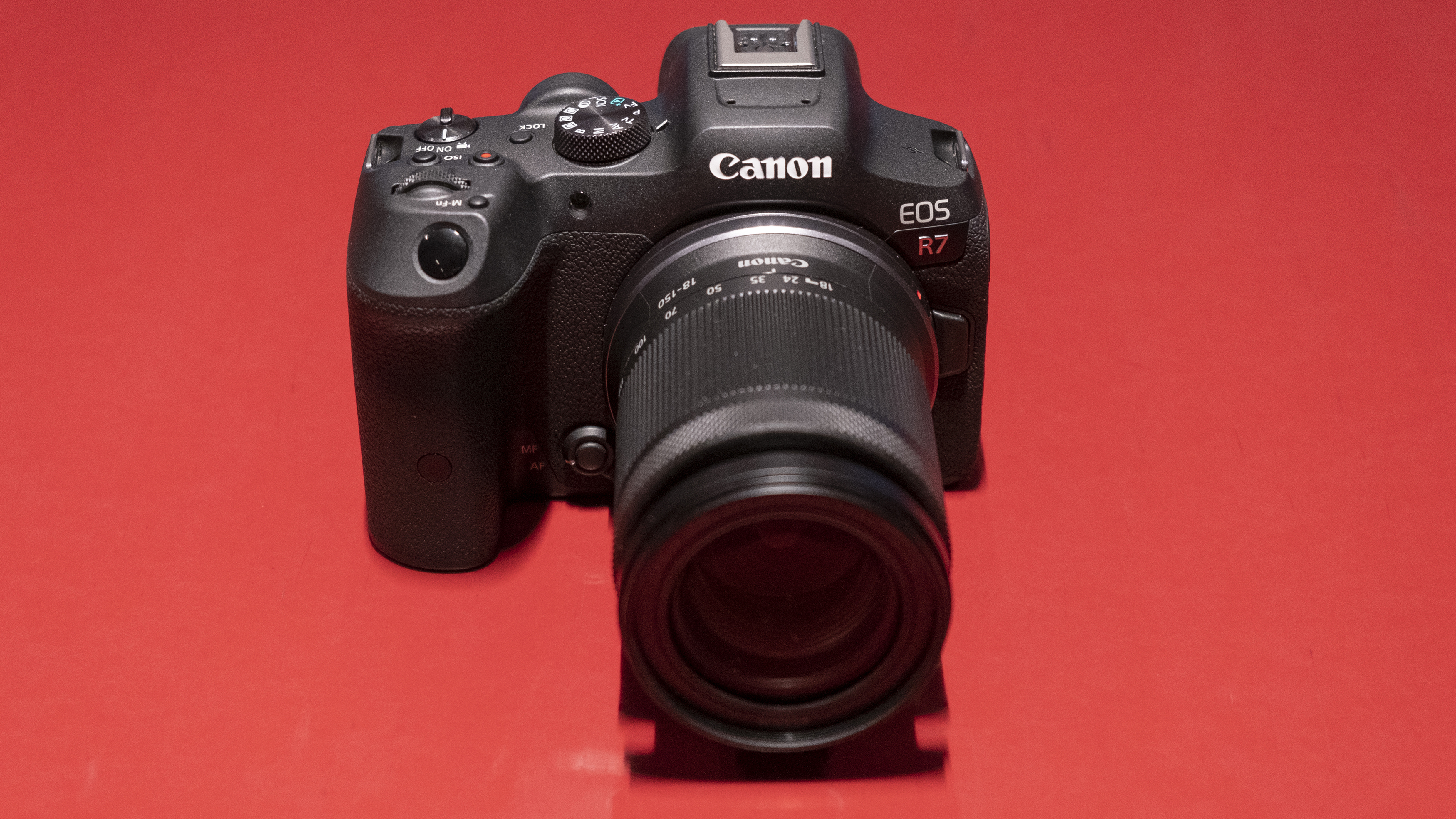
You also get two UHS-II card slots and a solid range of video-shooting specs, including headphone and microphone inputs, plus the ability to shoot uncropped 4K/60p video. In theory, then, the Canon EOS R7 is the all-rounder that's been missing from Canon's mirrorless lineup.
But does Canon's new APS-C flagship live up to its spec sheet in the real world? And what's the situation with lenses? Check out our hands-on Canon EOS R7 review below for the answers, plus our early thoughts on this long-awaited camera.
Canon EOS R7 price and release date
The Canon EOS R7 is available for pre-order today ahead of shipping in June. The EOS R7 costs $1,499 / £1,349 / AU$2,349 (body only) or $1,899 / £1,699 / AU$2,899 with its new RF-S 18-150mm kit lens.
Considering the camera's specs, that's pretty good value and largely in line with its spiritual predecessors. When it launched in 2019, the Canon EOS 90D cost $1,199 / £1,210 / AU$1,959 (body only). But it lacked advanced features like in-body image stabilization and an electronic viewfinder, which you get on the EOS R7.
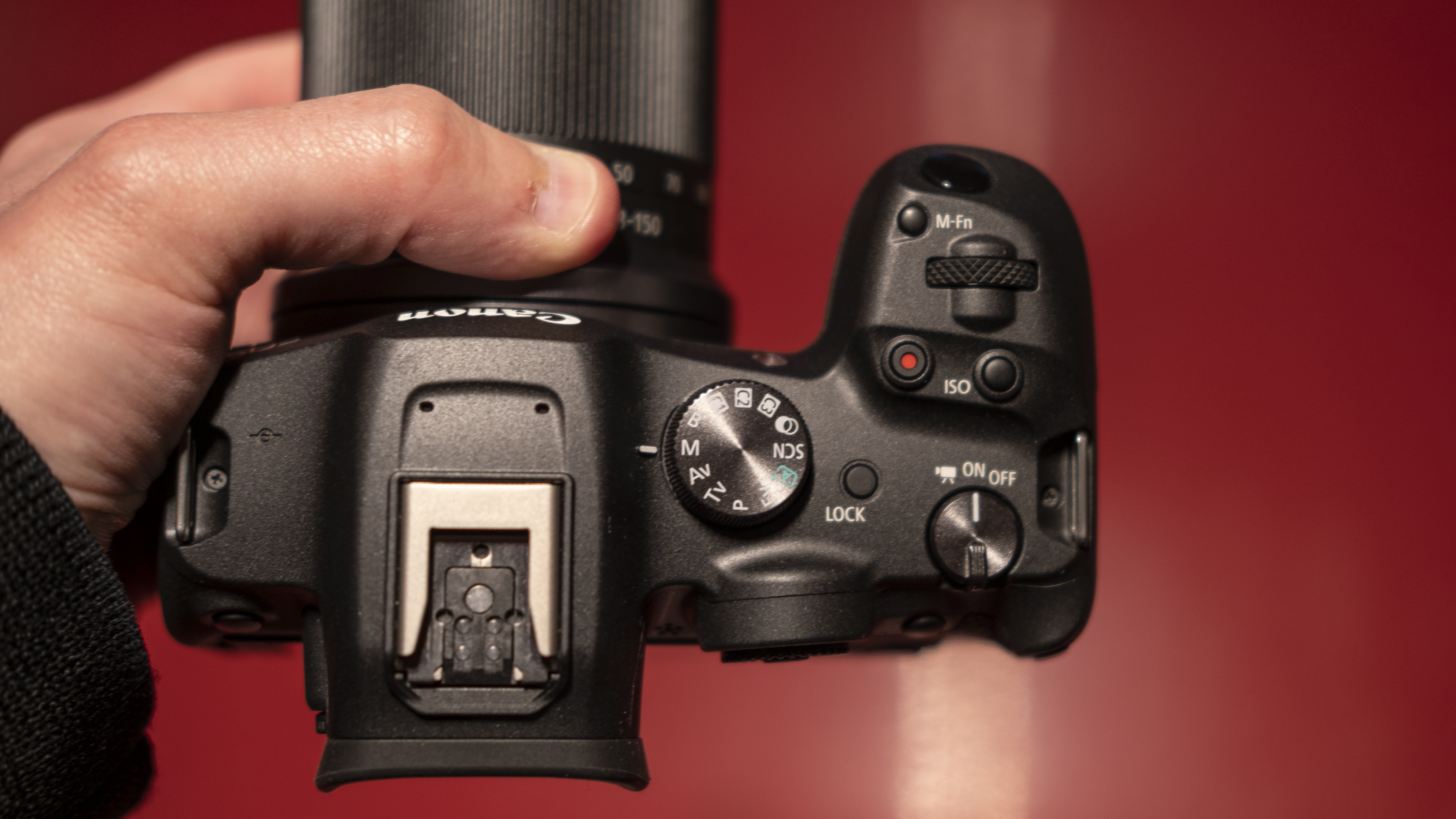
You can currently still buy the full-frame Canon EOS RP for only $999 / £1,049 / AU$1,769. But despite its larger sensor, that camera is based on much older tech like Canon's Digic 8 processor, which significantly inhibits its autofocus and video performance.
It's possible that Canon will launch successors for its entry-level full-frame cameras, but right now the EOS R7 (and EOS R10) are the best routes into its EOS R system for hobbyists shooters. For a limited time, Canon is also bundling its EF-EOS R adapter with the EOS R7 in some regions, for no extra cost.
Canon EOS R7: design
The Canon EOS R7 is a small, lightweight mirrorless camera that has echoes of both the EOS R6 and older EOS R. In our brief time with the camera, we'd say it successfully combines portability, intuitive controls and a comfortably deep grip in a way that'll prove popular with hobbyist photographers.
Perhaps the only big missing design feature that we've seen on previous Canon cameras is a top-plate LCD. In the absence of dedicated dials for settings like shutter speed, we've previously found those LCDs to be a handy way to quickly check settings. Still, the pricier EOS R6 also lacks this feature, and the decision no doubt helps keep the cost and complexity of the EOS R7 down.
The EOS R7's top-plate reminds us of the full-frame EOS R6 in others ways, too. Its mode dial is sensibly placed to the right of the viewfinder, while the grip is home to the shutter button, front dial (for tweaking aperture or shutter speed), a multi-function button, and a video record button.
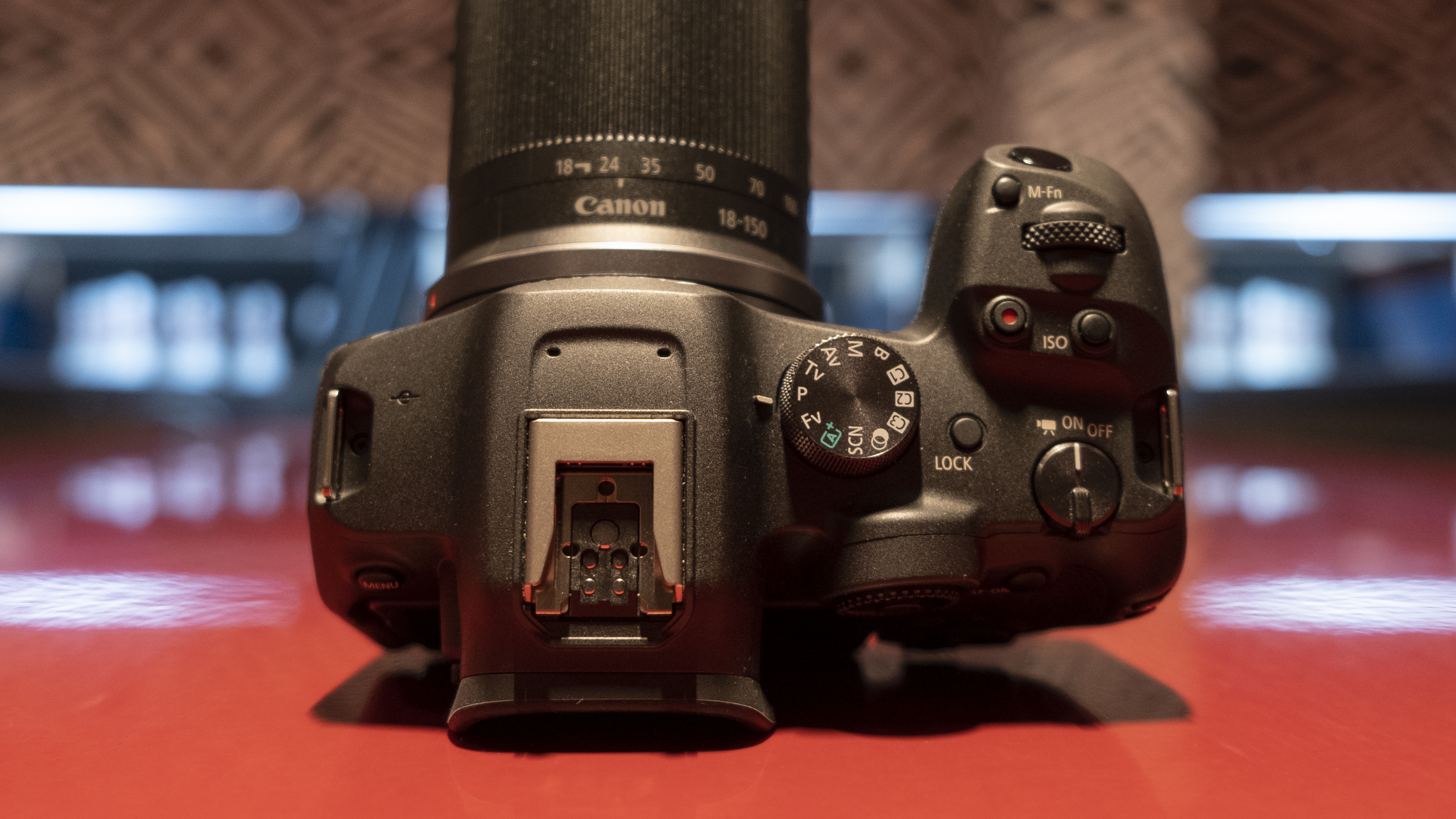
There are a couple of big differences from the EOS R6, though. Firstly, the EOS R7 actually inherits the more advanced hot-shoe seen on the professional Canon EOS R3. This can both power and transfer data between the camera and accessories like flashes and microphones, which helps reduce cut down on cables and clutter.
In a new design tweak, Canon has also combined the camera's AF joystick and control wheel. This might require some Canon photographers to rewire their muscle memory, but we got used to the wheel's new home fairly quickly.
Aside from this unusual bit of design, the back of the EOS R7 actually looks more like the Canon EOS R, the full-frame camera that kicked off Canon's new mirrorless system back in 2018. The main controls – including a four-way d-pad, 'Q' button for quickly changing settings, plus buttons for playback, deleting photos and opening the menus – are all in the same place. You also get a side-flipping LCD screen.
Fortunately, for those who often find themselves shooting in less-than-ideal weather, the EOS R7 also has weather-sealing that's apparently the same level of the Canon EOS 90D. While this sealing isn't up to the level of Canon's pro cameras, it should mean the EOS R7 is able to handle a bit of mist, dust or a light sprinkle of rain.
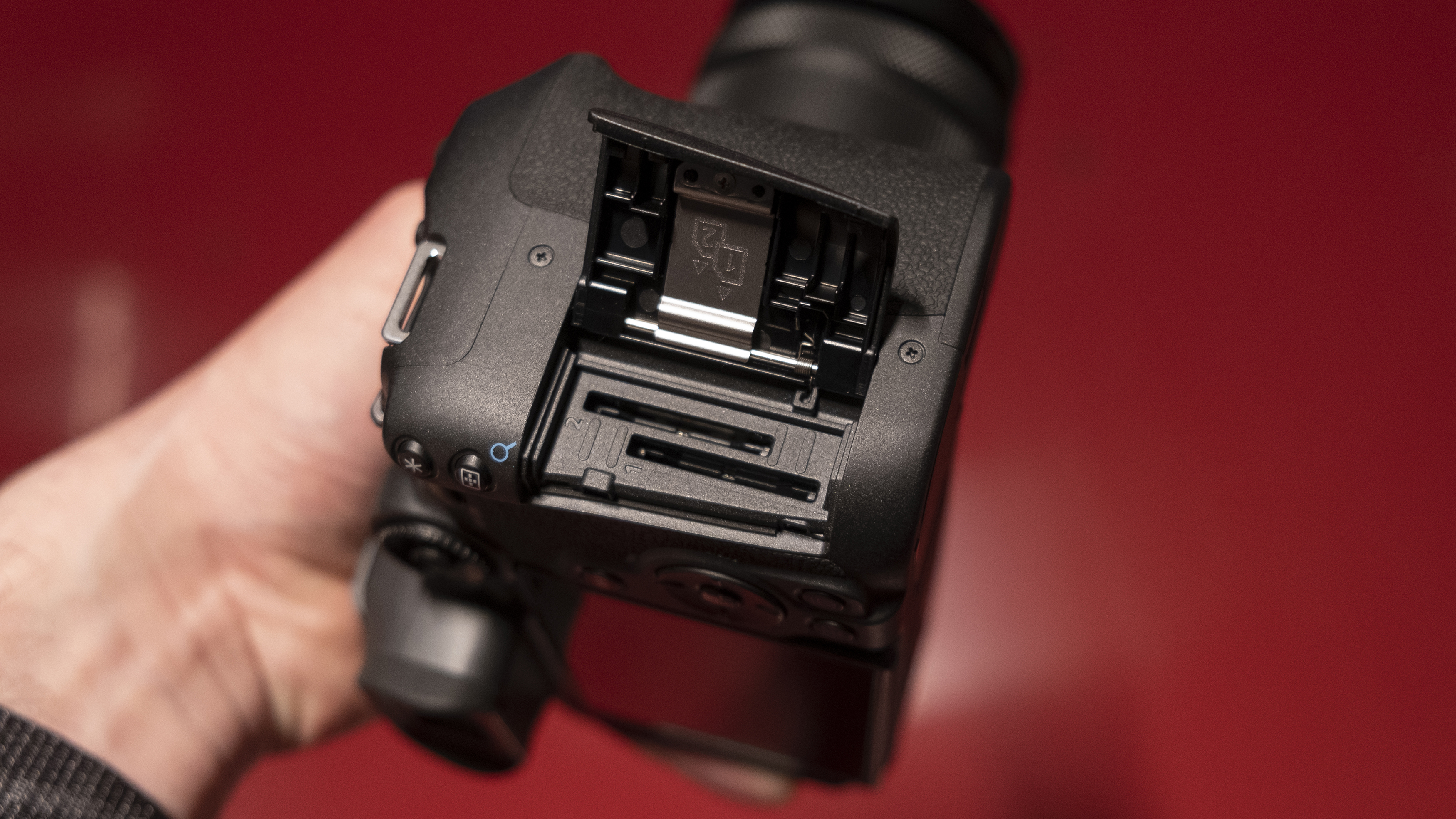
So what exactly is the Canon EOS R7 missing, compared to its pricier stablemates? One area where Canon has cut costs is the electronic viewfinder (EVF). This is only a 2.36m-dot affair with a 1.15x magnification and 120fps refresh rate, which was a fairly standard affair a few years ago, but seems a little dated today. It does at least have the OVF (Optical Viewfinder) simulation mode we saw on the Canon EOS R3, which is helpful for those switching from DSLRs.
Another omission on the EOS R7 is a CFexpress card slot. Instead, you get two UHS-II card slots, which is a simpler and less confusing setup, and more common for an APS-C camera. But this does also mean you won't be able to benefit from the fast buffer-clearing powers of the latest CFexpress Type-B cards, particularly when those start to come down in price.
Still, overall we were impressed with the Canon EOS R7's design. To DSLR owners, it might feel a bit more slight and cramped than their current cameras, but the relatively deep grip balances out longer lenses and, the slightly dated EVF aside, it feels like a modern mirrorless camera.
Canon EOS R7: features and performance
One of the main appeals of the Canon EOS R7, particularly for those who are upgrading from an older DSLR, is the promise of modern autofocus performance. This is something the EOS R7 is able to offer, thanks to the inclusion of a Digic X processor.
Canon's Digic X chips are a family of processors, so this doesn't mean you can expect exactly the same autofocus and burst-shooting performance as a Canon EOS R5 or EOS R6. But thanks to the inclusion of Dual Pixel CMOS AF II, Canon's latest autofocus system, it isn't far off – and that's a big bonus for action shooters, considering the camera's price.
The main benefits of Dual Pixel CMOS AF II are that it covers the whole frame (which means it's able follow subjects to the far edges of your shot) and its intelligent subject-tracking. The Canon EOS R7 has fewer AF zones than the EOS R5 and EOS R6 (651 zones, compared to 1,053 on those pro cameras), but it tracks the same subjects, including animals (dogs, cats, birds), vehicles and, of course, people.
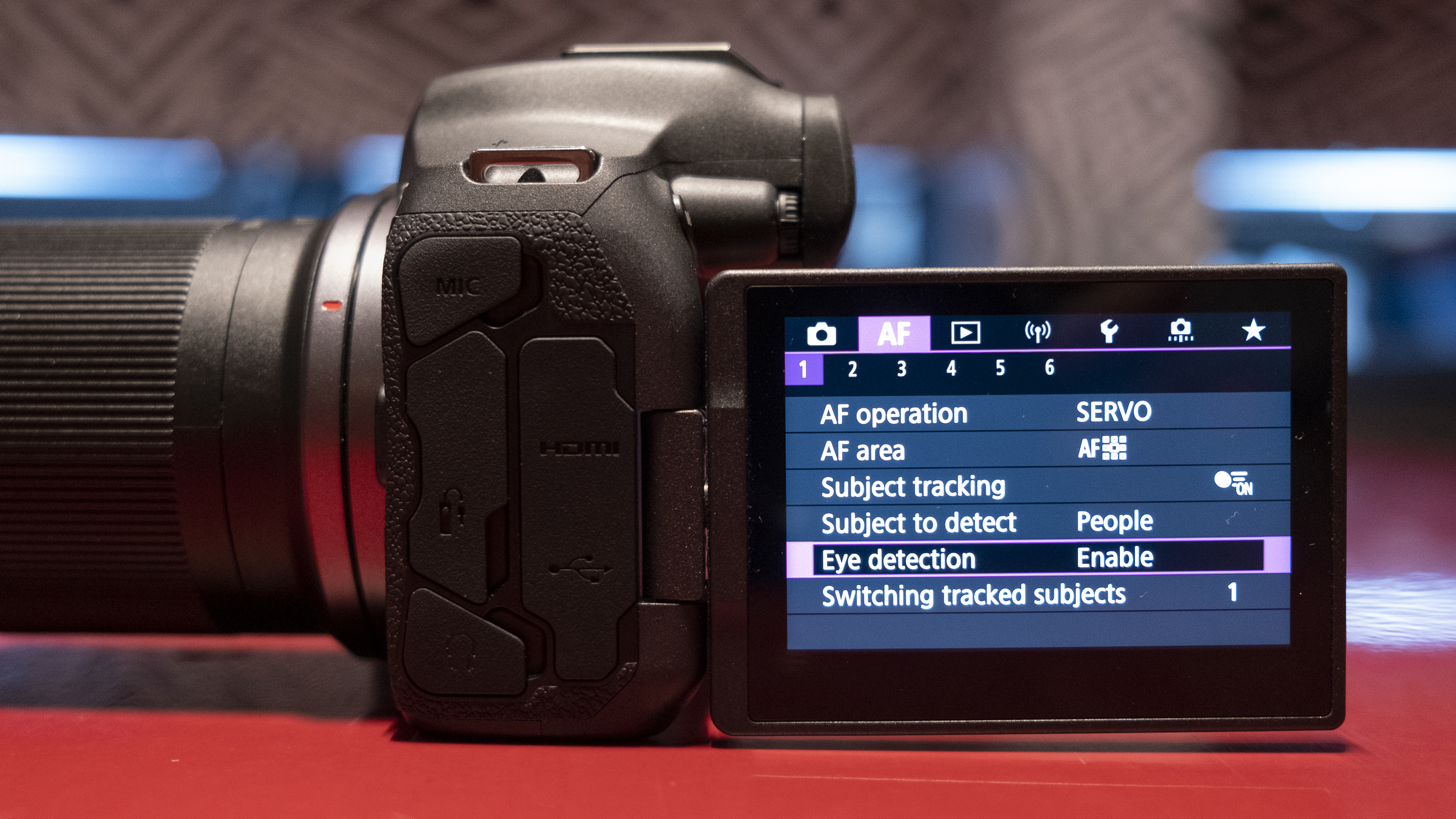
For humans and animals, the EOS R7 can recognize and track faces and eyes – and if those aren't visible then it'll switch to the head or whole body. Other factors like the available light and the lens you're using can affect how well this works in practice. But we were impressed during our short time with the camera how well it tracked a speeding ice skater's eyes and face, in pretty dark conditions. Canon says the EOS R7's autofocus works down to -5EV, which is effectively night-time under moonlight.
The Canon EOS R7's other big calling card are its burst-shooting speeds. It can shoot at up to 15fps with its mechanical shutter. Switch to the electronic shutter, and it can hit an impressive 30fps top speed, including when shooting raw photos, though this comes with the risk of rolling shutter (which can lead to slanted vertical lines).
How long can the EOS R7 maintain these top speeds? Not as long as a pro camera like the Canon EOS R3, but also not a world away from that. The EOS R7's buffer means you can maintain 15fps (with the mechanical shutter) for 224 JPEGs or 51 raw photos, so about 15 seconds or 3.5 seconds respectively. Enough to snag the crucial moment, if you have the right memory card. We used it with a Lexar Professional 2000x UHS-II card and were impressed with its bursts, but will need more time with the EOS R7 to test that properly.
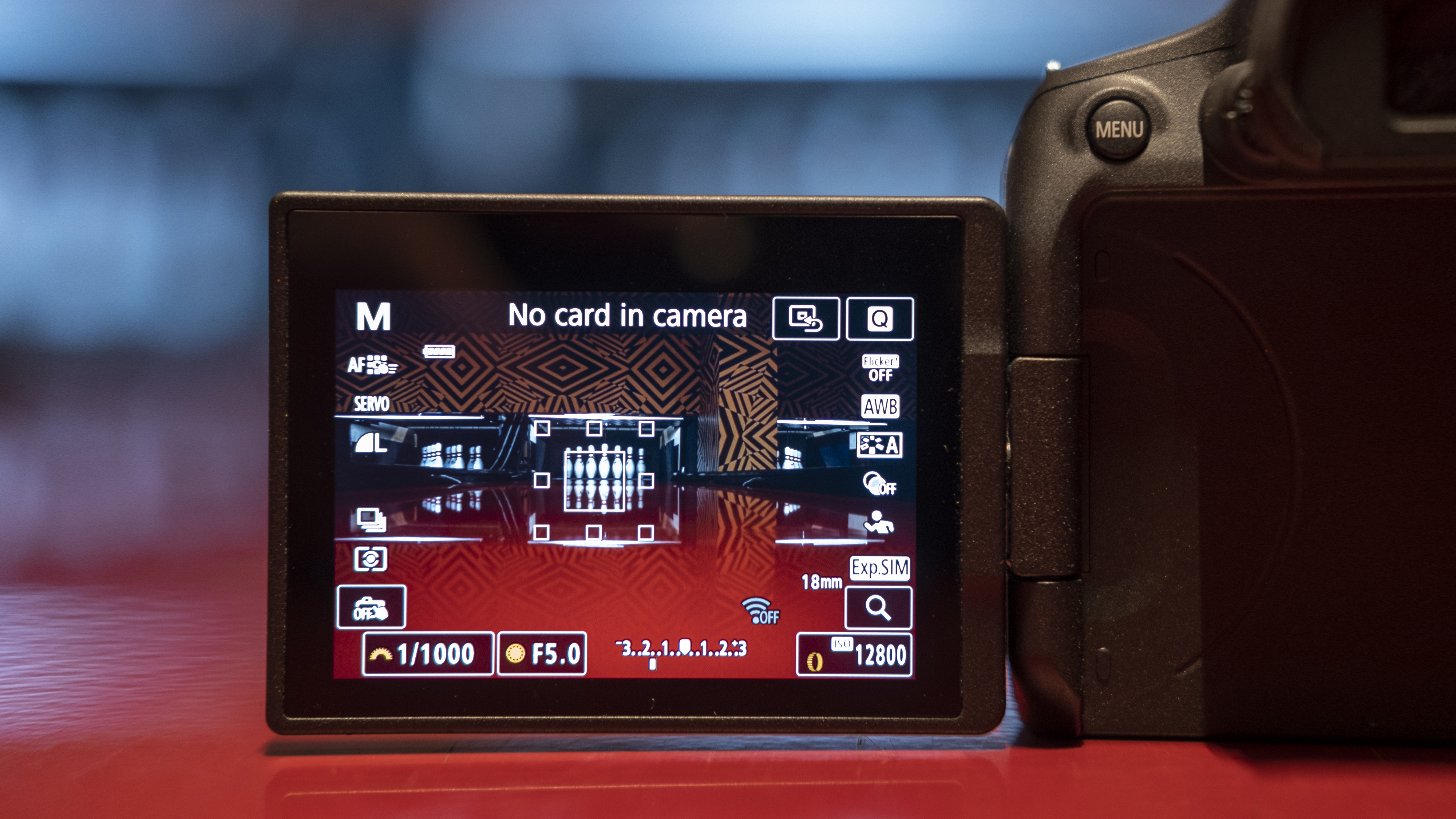
Some early EOS R7 rumors predicted that the camera would have a CFexpress card slot alongside a UHS-II one, rather than the twin UHS-II slots it has in reality. This could have helped the camera sustain its top burst speeds for longer. But the EOS R7's buffers are likely good enough for hobbyists wildlife shooters. And when we asked Canon why it didn't include CFexpress, it told us: "CFexpress would be required if the camera shot 8K or 120fps 4K. As neither of the cameras can do this, UHS-II SD cards are fine. This also allows smaller bodies."
Given we had less than an hour with the EOS R7 in the tricky conditions of an indoor ice rink, it wasn't possible for us to fully evaluate its autofocus and burst shooting skills. We were impressed by how well its subject-tracking worked in the viewfinder, but its autofocus hit-rate was certainly affected by the lack of available light. We're looking forward to taking it for a spin on a wildlife trip, which is likely a more popular scenario for an APS-C camera.
How good it the Canon EOS R7's battery life? On paper, better than a more power-hungry camera like the EOS R6, if nowhere near a DSLR like the EOS 90D. Canon says you'll get 500 shots from a charge when using the viewfinder, which is pretty decent for a mirrorless cameras, but we're looking forward to doing some more real-world tests on this.
Canon EOS R7: image and video quality
We had less than an hour with the EOS R7 in tricky shooting conditions at an indoor ice rink, so it's too early to make any firm conclusions about its image quality. We also haven't yet been able to examine its raw files, because these aren't yet supported by raw processing software. But it is possible to make some broad observations about its 32.5MP sensor.
This is a high-resolution APS-C sensor. Because it crams in more photosites than its lower-resolution rivals, it's better-suited to achieving high levels of photographic detail in daylight conditions, rather than high ISO performance in dingy ones. The scenario we shot in would be a test for any full-frame camera, and the EOS R7's JPEGs understandably show the effects of smoothing and noise reduction due to the high ISOs we shot at.
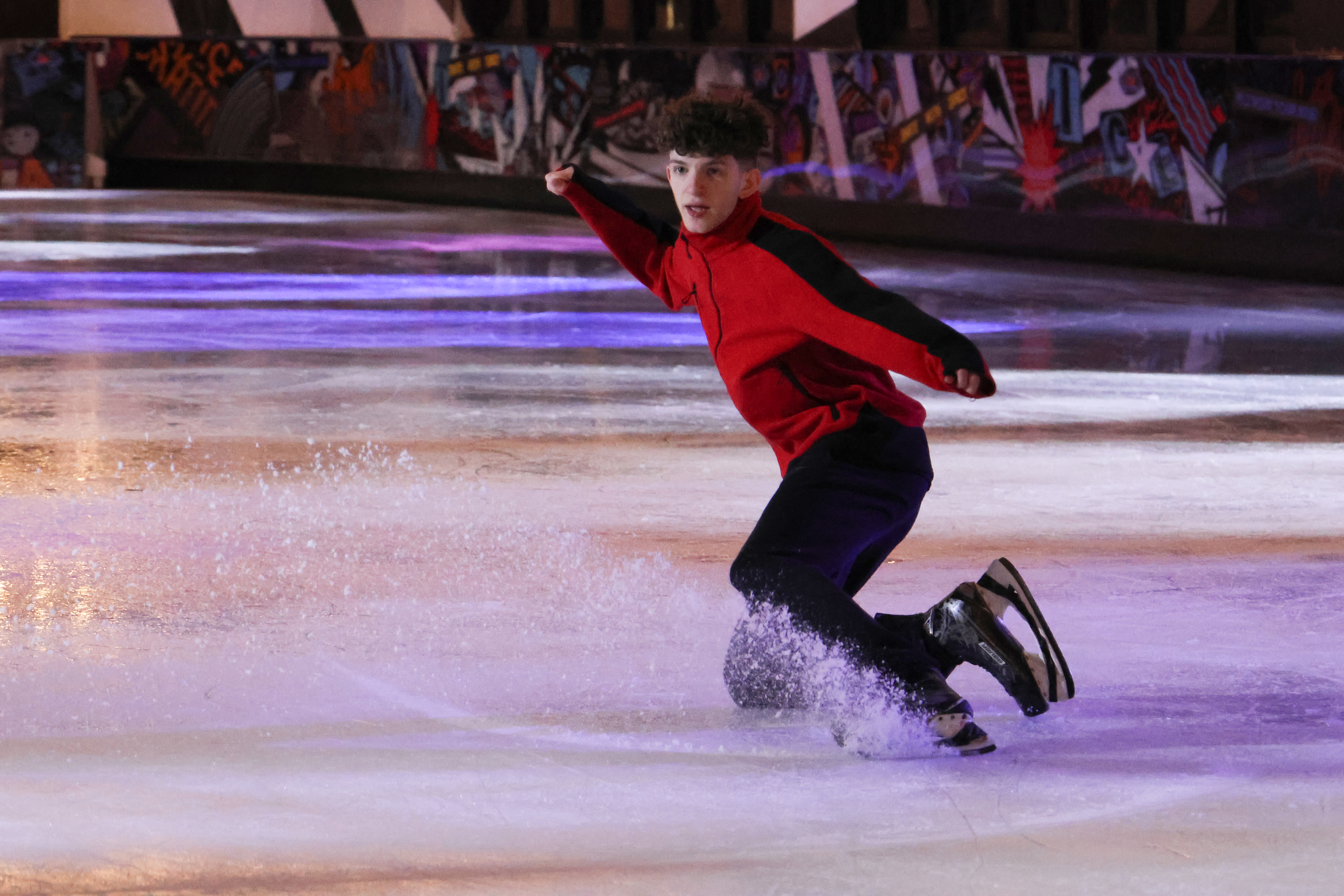
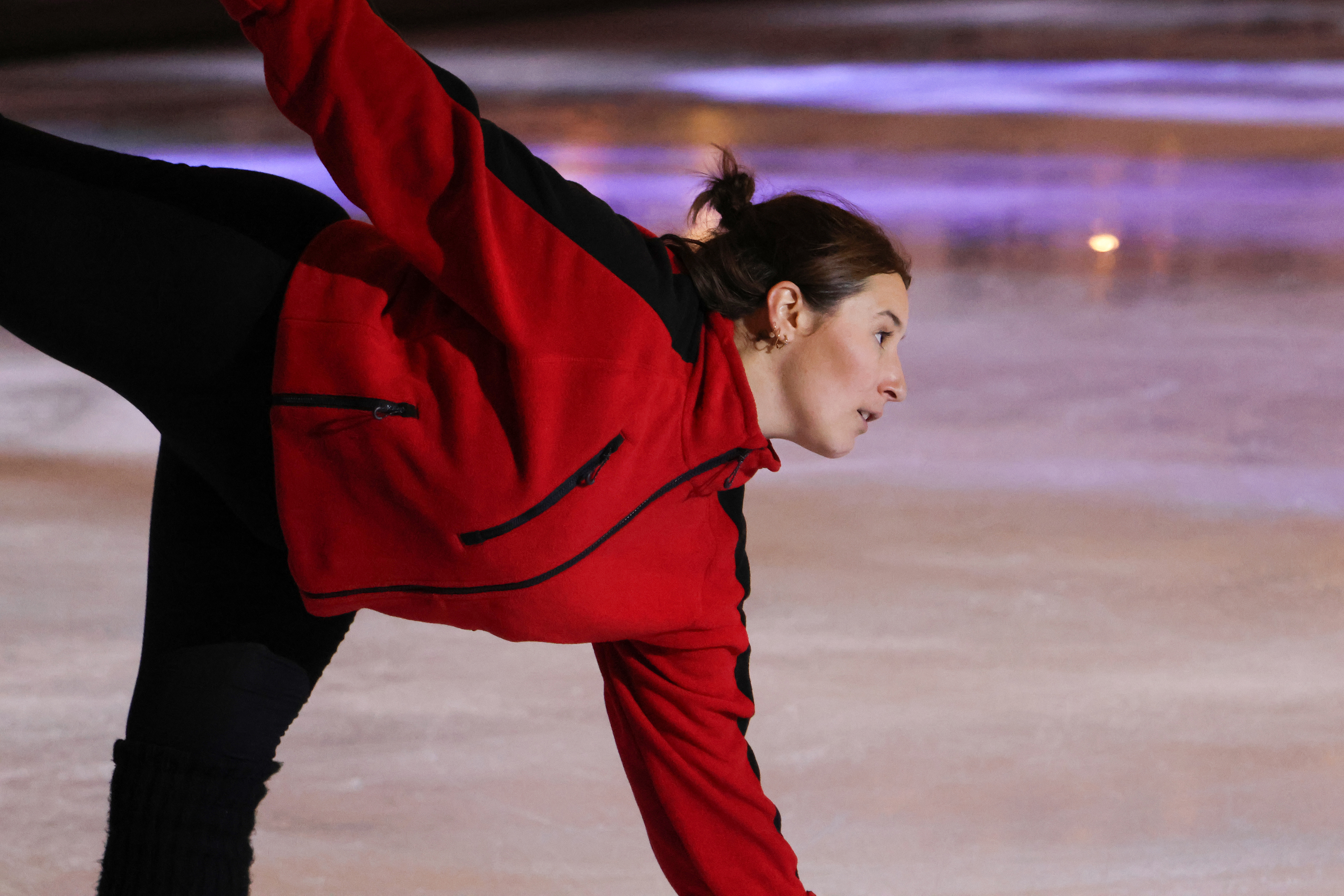

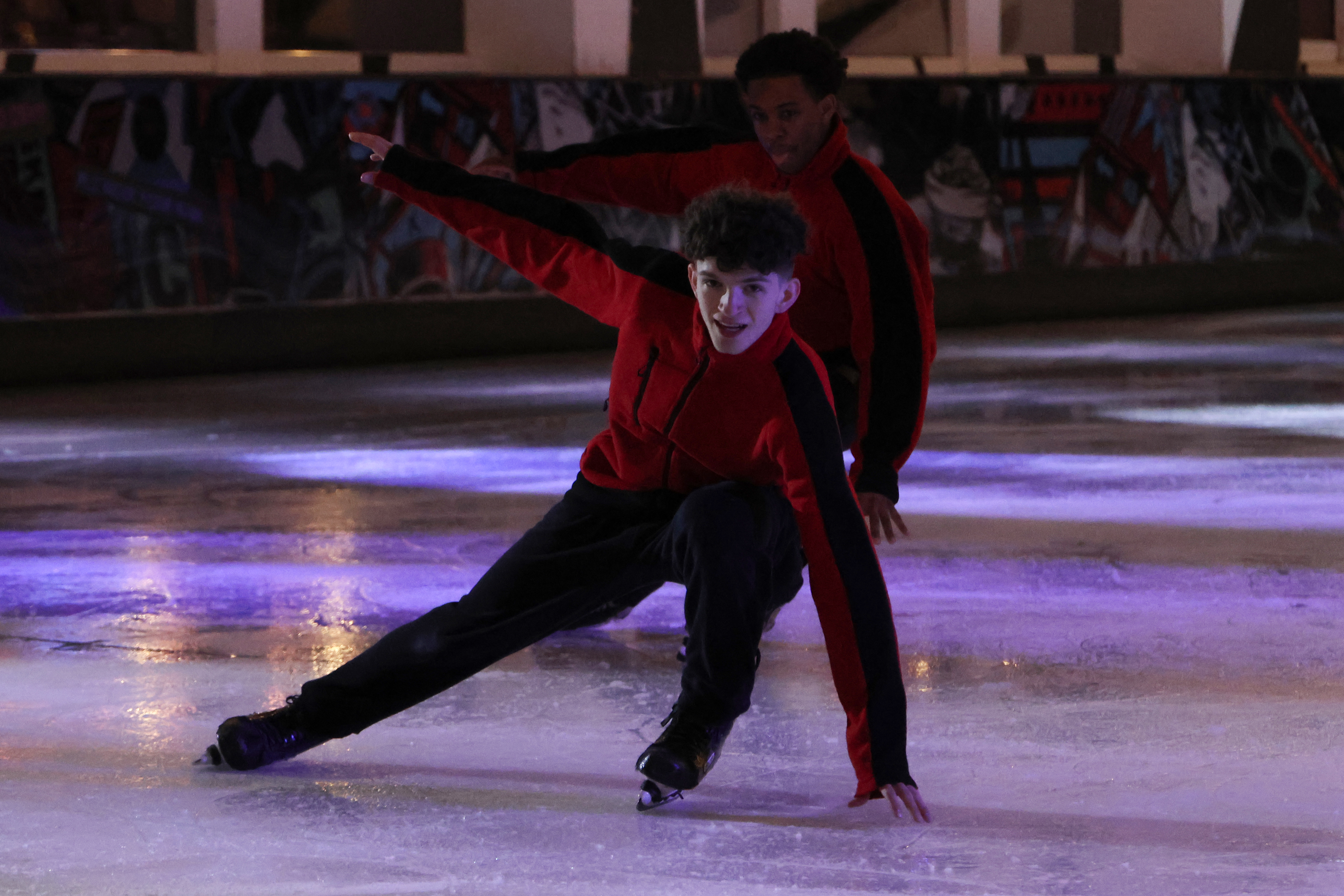

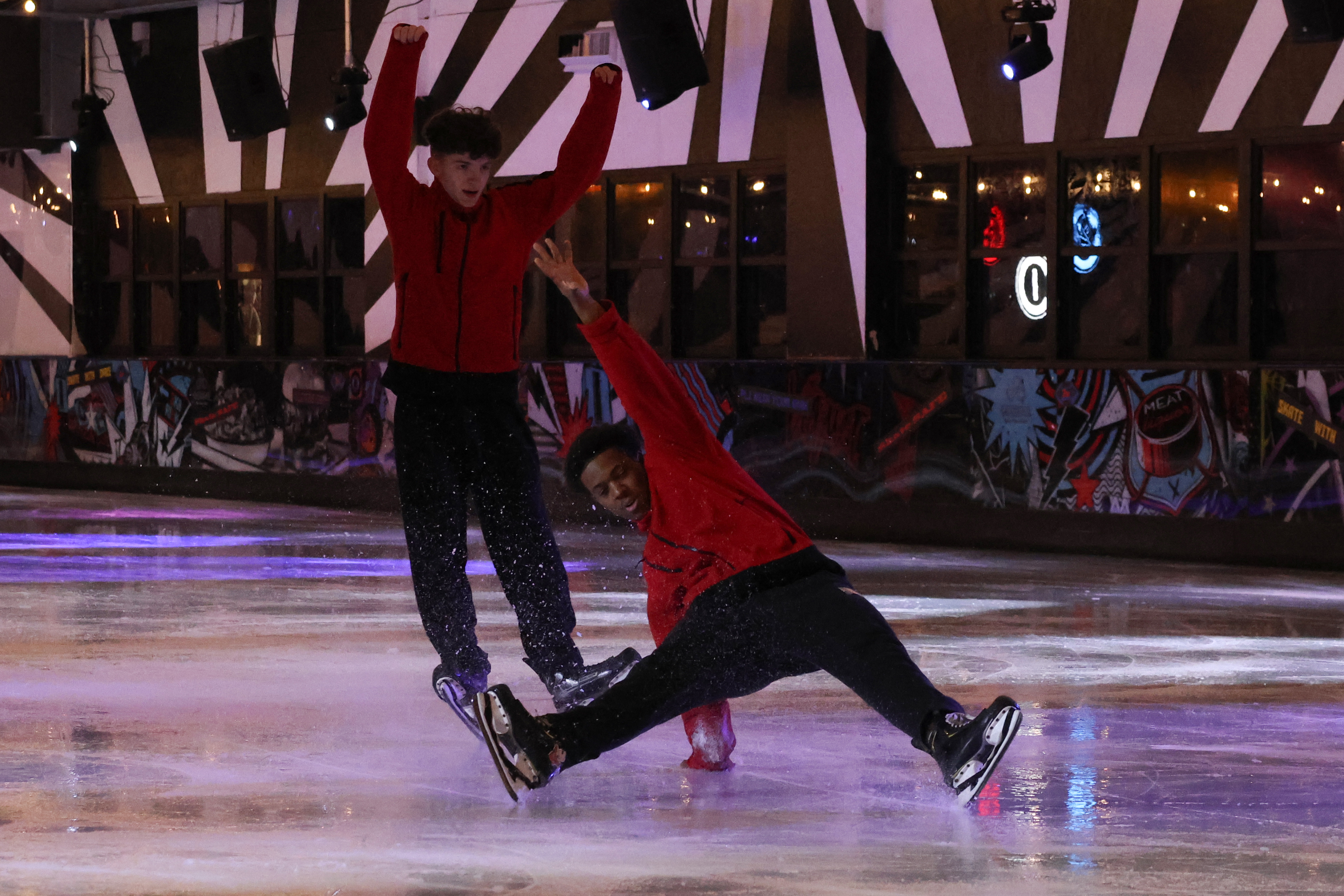


If the Canon EOS R7 performs anything like the EOS 90D, which has a similar 32.5MP APS-C sensor, then we can expect it to capture impressively detailed raw images and be among the best hobbyist cameras around for outright image quality in good light. But we'll need to spend a lot longer with it, in a variety of conditions, to be sure.
The same goes for video quality which, in theory, could match its photo skills. The EOS R7 is capable of shooting oversampled 4K/60p video without any crop (unlike the EOS R10) and with 4:2:2 10-bit color depth. After years of disappointing video limitations on its mid-range cameras like the Canon EOS M50 Mark II, it seems that Digic X processor may have finally unlocked a true hybrid Canon camera with a reasonable price tag.
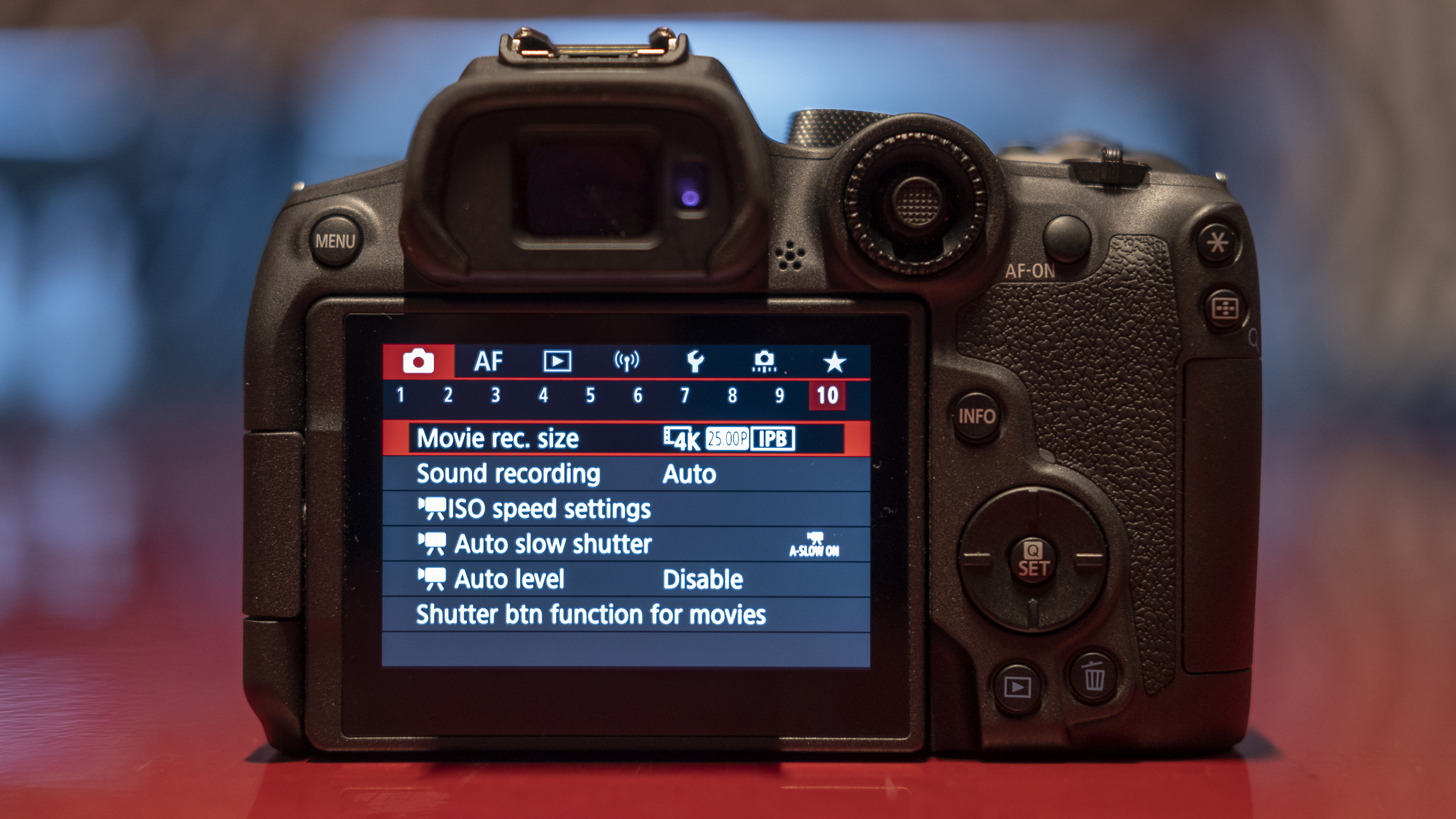
Unfortunately, there's no 4K/120p video mode for slo-mo fans (well, there had to be a catch), but you do get the Canon Log 3 profile for color grading your movies afterwards, and Canon says there aren't the usual 30-minute recording limits on clips that we've seen on previous mid-range cameras. Apparently, it can record for up to an hour before overheating, but this is again something we'll need to put to the test properly.
Canon EOS R7: early verdict
The Canon EOS R7 is a very promising new addition to Canon's mirrorless camera range – and possibly the sweet spot for amateur photographers who've been priced out of its full-frame stablemates.
It isn't a cheap camera, but the features and performance that the EOS R7 offers for the price are impressive. Its autofocus skills, burst-shooting speeds and in-body image stabilization could make it the ideal choice for wildlife and sports shooters who've otherwise considered taking the plunge on a Sony A6600 or Fujifilm X-T4.
And despite the disappointing lack of a 4K/120p mode, video shooters and vloggers will also enjoy its fully-articulating touchscreen and ability to shoot uncropped 4K/60p video.
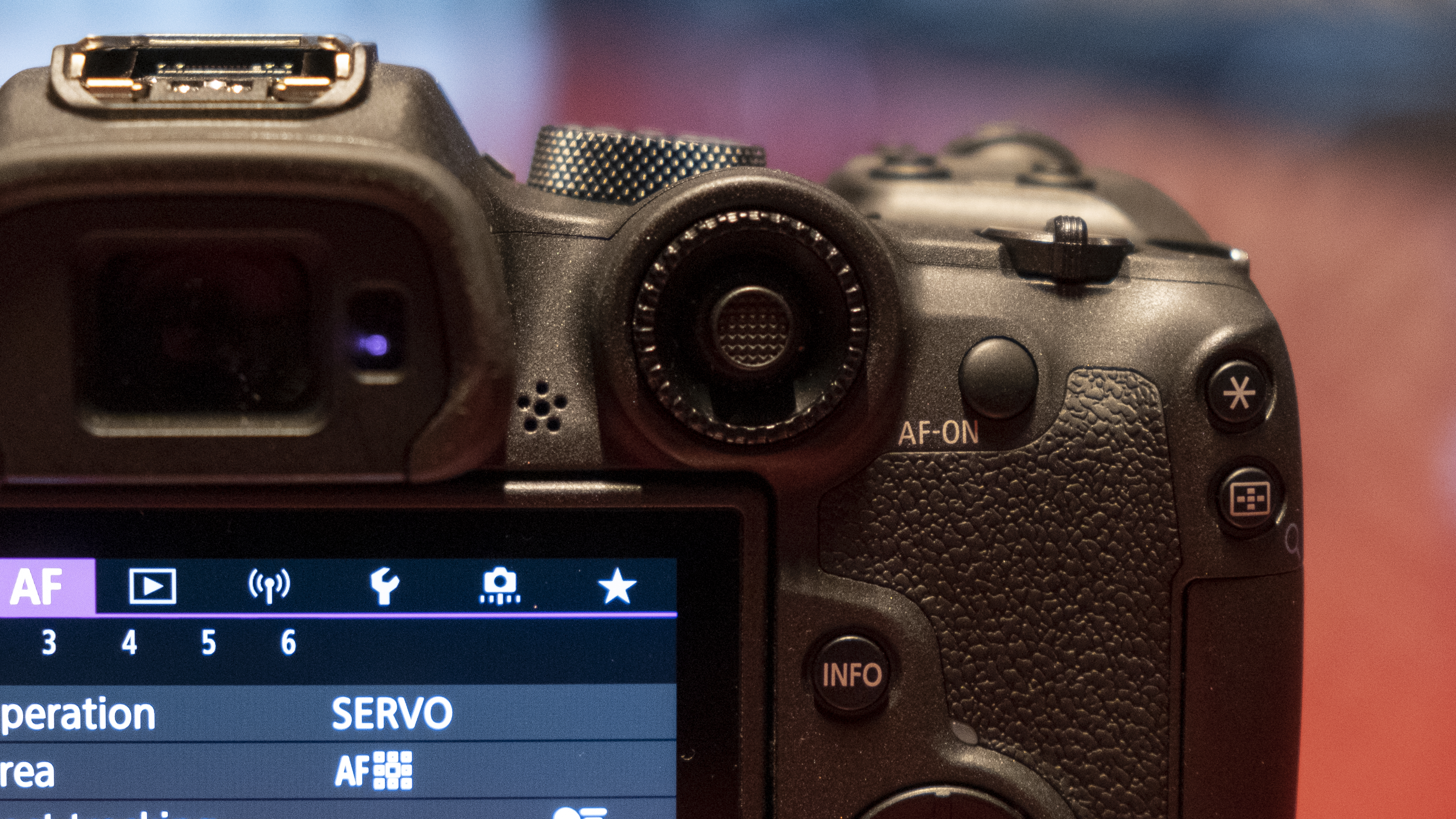
Perhaps the only question mark, when compared to Fujifilm's X-series in particular, is lenses. Canon's new RF-S kit lenses probably won't be the dream optics that keen hobbyists will want to pair with an EOS R7, which means that full-frame RF lenses or adapting older EF glass are currently the only options.
This situation will no doubt change with the arrival of the EOS R7 and EOS R10, though, and right now Canon's flagship APS-C camera is shaping up to be one of the best launches of the year for amateur snappers and hybrid shooters.
from TechRadar - All the latest technology news https://ift.tt/Lv9bOf1

No comments:
Post a Comment